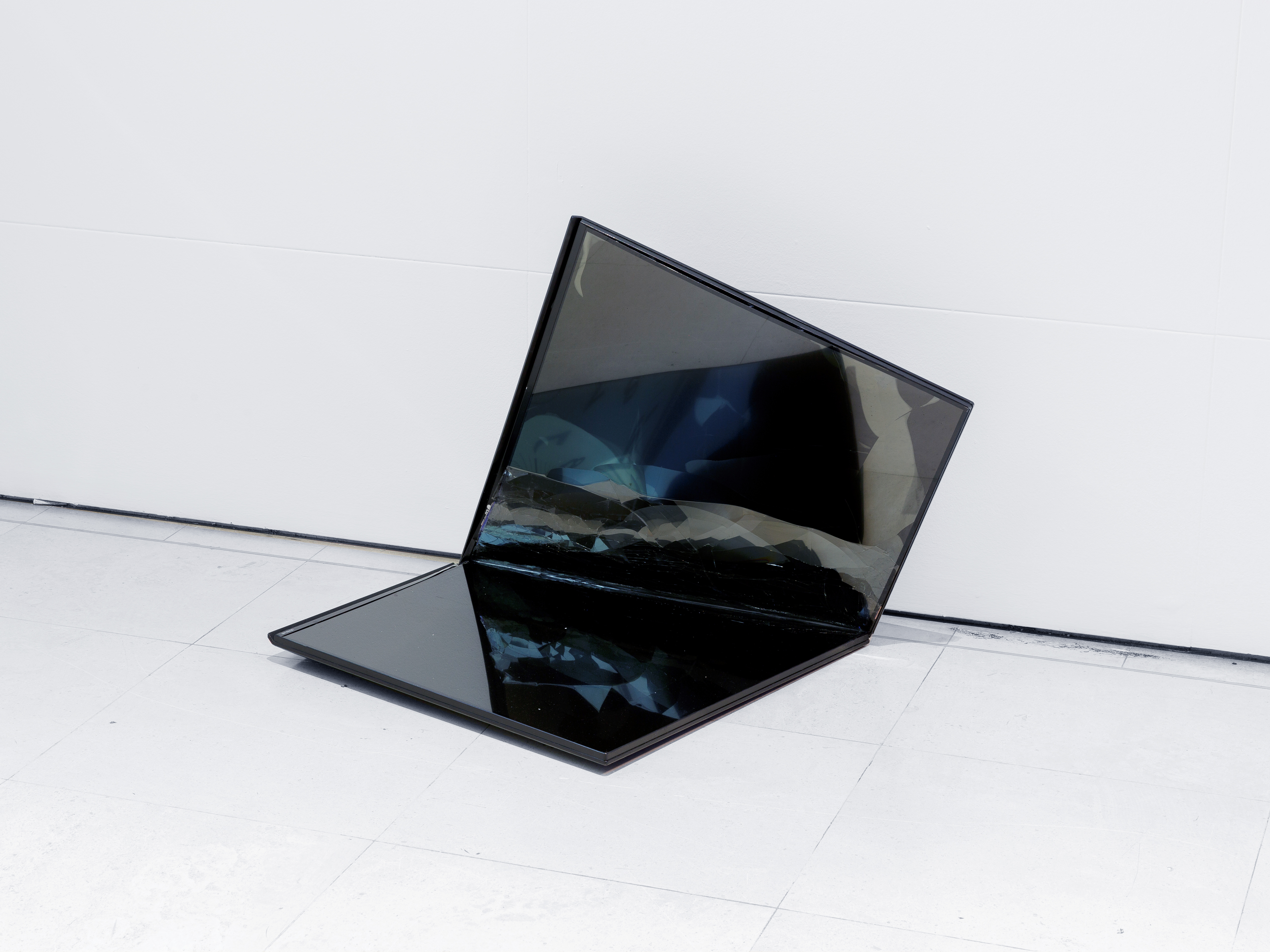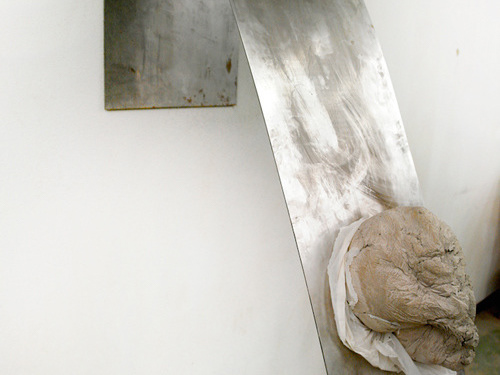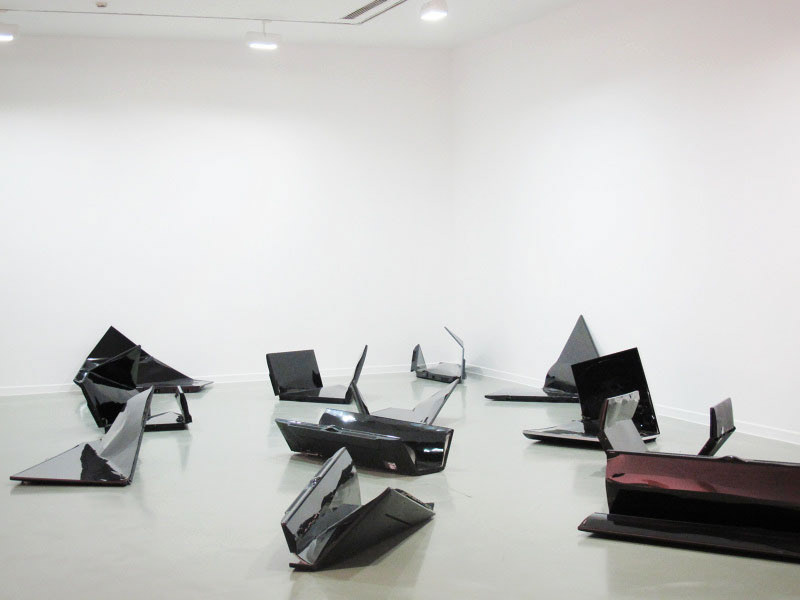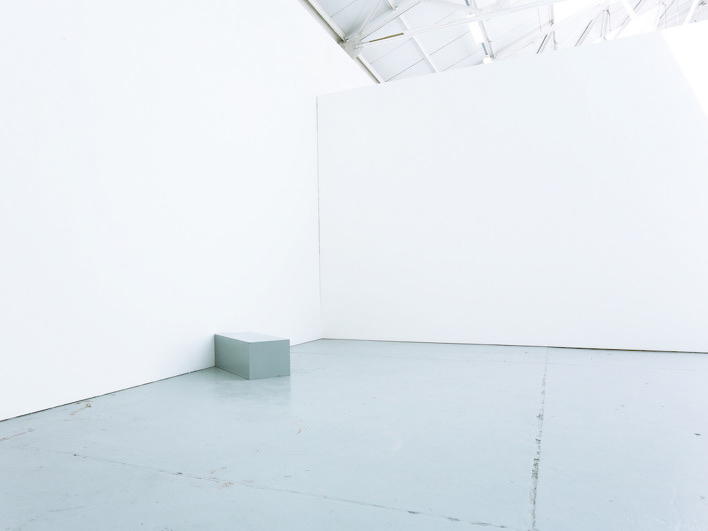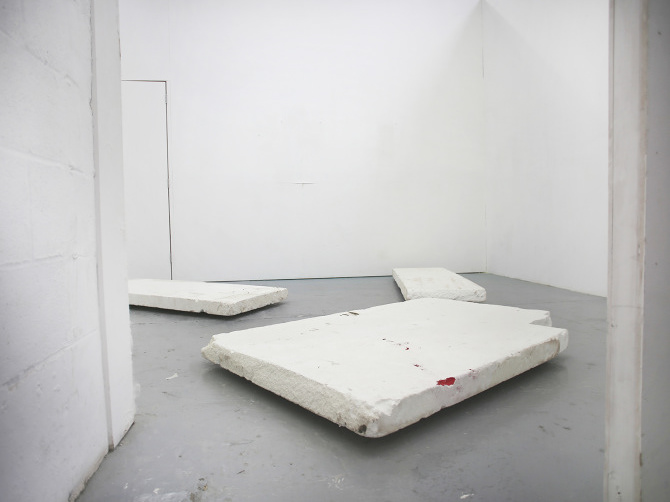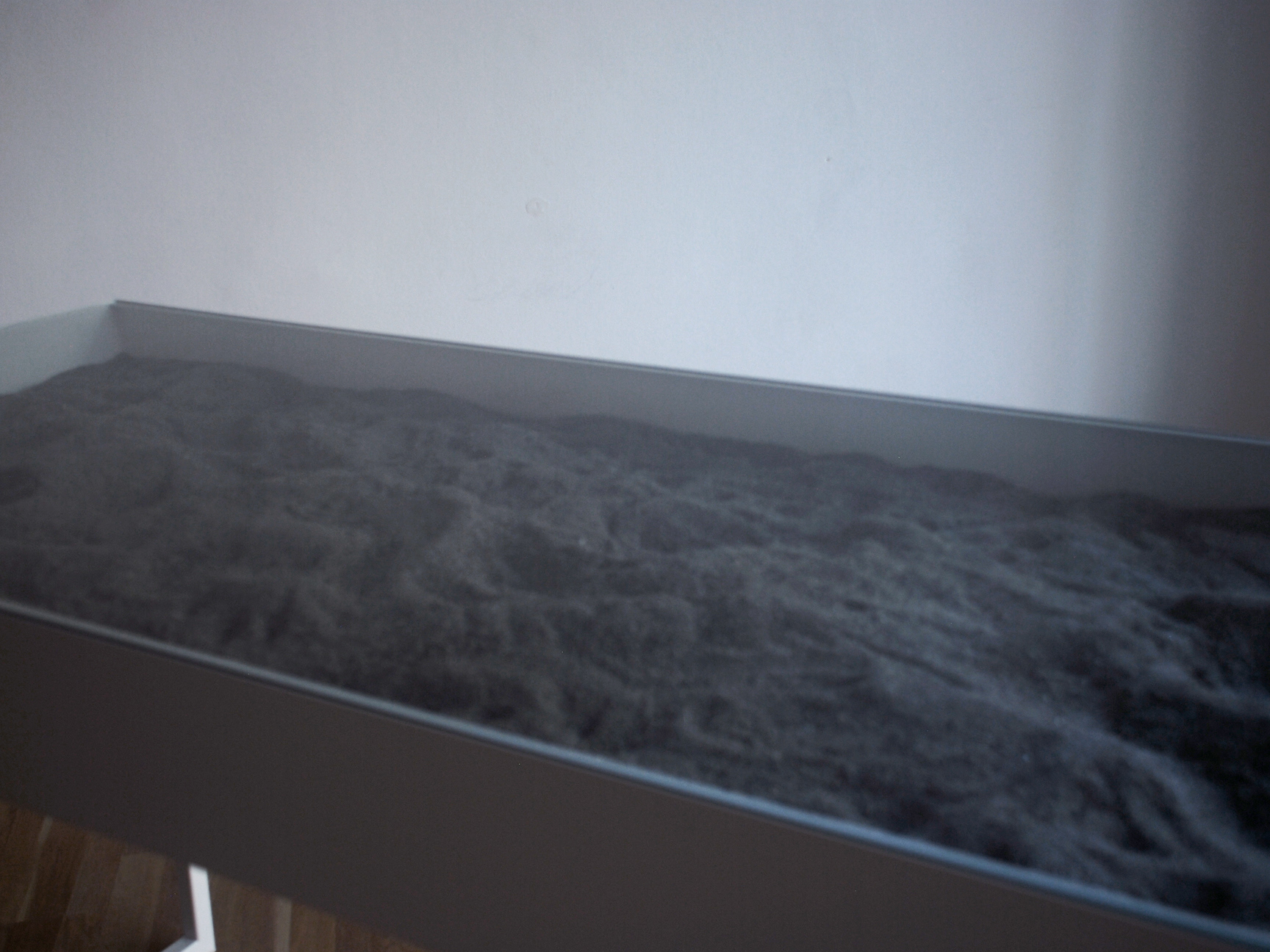

Image 1, Hangar.org, Barcelona
Image 2, Galleri Mejan, Stockholm
Image 2, Galleri Mejan, Stockholm
Over centuries land workers and their families establish their homes in this area to work the land. Today these forms of artisanal production work and life in the area are almost extinct. However there are no other labour alternatives in the province, so either you work the land, are retired, unemployed or work as a builder gaining an average of four euros per hour. The situation of women is intensely critical, the hierarchy established habits are still palpable in professional and domestic spaces.
In Castillle the nature of the land worker was to be nomad. However, many families decided to settle over four or five generations in the province rural areas.
Young generations do not believe artisanal labour is a dignify occupation. Youth does not perceive artisanal production to be an option worth to dedicate their lives too, as their relatives did. On the other hand, there are a series of state measures that indirectly encourage this abandonment. There is a state compensation for families that have been working the land but which sons are still under their roof and unemployed.
Castilla-La Mancha is one of the regions with the highest risk of poverty and social exclusion in Spain. This type of state measures are a trap for the majority of families working in rural areas in this province, as they indirectly encourage younger generations to remain unemployed and choose to survive from the state subsidy, even against the will of their families.
This means, that younger generations, which resemble the future potential of artisanal production and work, are indirectly displaced out of the land. Meanwhile, the land extensions in the province are exposed and vulnerable.
The audios show a series of preliminary and informal conversations where voices are heard speaking in Manchego, the language of the province. The set of audios houses personal stories, childhood memories, desires, fears, ways of life and work of people from the southwest of the province of Ciudad Real, in Castile-La Mancha.
The deliberate absence of image, aims to liberate the witness from a ‘visual limit’, from being objectified or classified, recognized in any form of aesthetical terms. The absence of ‘definition’ of the identity directs our needs to empathies with the voice, its logic, the interpretation and in several cases translation.
